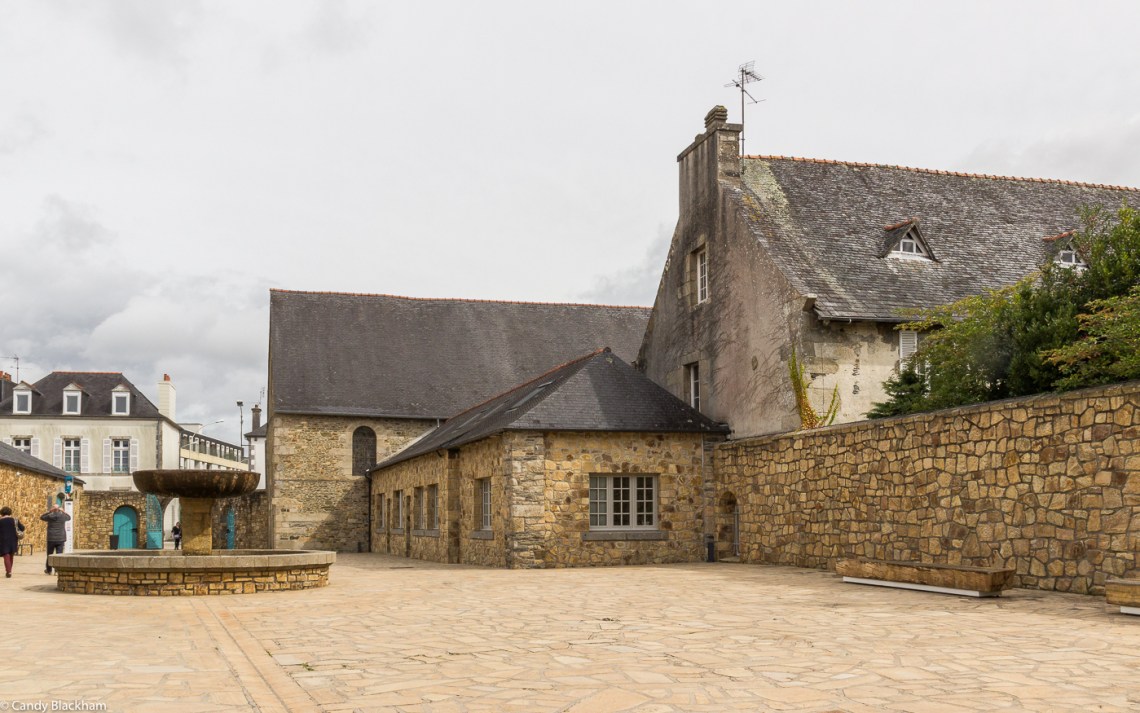We had done a lot of walking during the past ten days and wanted a rest day so we went to Landerneau to see the Henry Moore Exhibition at the Hélène and Éduard Leclerq Foundation. The Foundation stages a major art exhibition annually and in the years we have visited Brittany we have enjoyed Giacometti, Chagall, Picasso, and now Henry Moore. The exhibitions, in this small town in the west of Brittany shame London!


The Exhibition proposes that Henry Moore (1898-1986) concentrated on three themes in his work: ‘…the reclining figure, the mother and child, and the internal/external form…’. Two reclining figures greeted us as we walked into the courtyard of the Foundation, an old convent.



Inside the exhibition hall it was this huge reclining figure which I particularly enjoyed.

The drawings surprised me – I loved them, and they reminded me of drawings in the Picasso exhibition. Henry Moore was engaged by the War Artists Advisory Committee to record the people sheltering in the underground in London during WWII. He made notes from which he later made the drawings. His clearly found it a disturbing experience.



The exhibition has several ‘Mother and child’ statues, as well as family groups. This statue was placed outside, in the courtyard of the Foundation, but I don’t think this photograph really captures the protectiveness of the figure which I saw from another angle, as I was leaving.


The idea of internal/external was striking and although I can’t say I ‘understand’ these pieces I do like them.




But there were also unexpected pleasures, like the two women looking at the sculpture of sheep and clearly wondering about it! And the small pieces were surprising too.


And perhaps most surprisingly, a broken warrior figure. Henry Moore enlisted in WWI in 1917, when he was 18 and a half, serving in the 15th (County of London) Battalion London Regiment, also known as the Prince of Wales Own Civil Service Rifles. He fought in the battle of Cambrai where the battalion was reduced by more than half and he was one of the victims of mustard gas poisoning, and sent home. This clearly had a strong influence on a young man.

An absolutely stunning exhibition! London, hang your head!
I would love to hear from you!